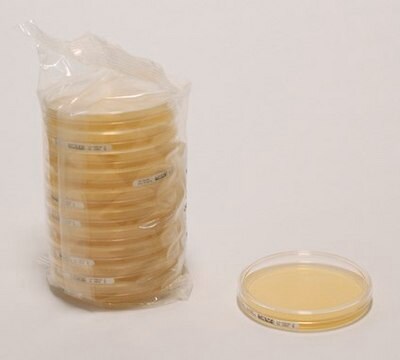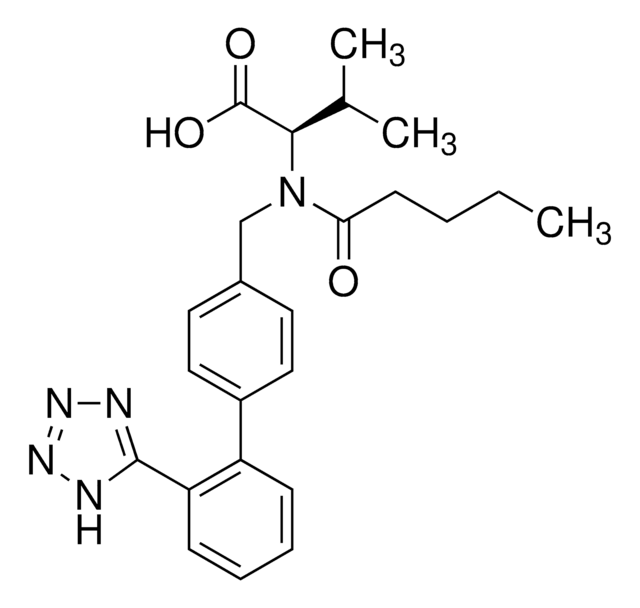Kluczowe dokumenty
SML1522
Doxofylline
≥98% (HPLC)
Synonim(y):
7-(1,3-Dioxolan-2-ylmethyl)-1,3-dimethylpurine-2,6-dione, 7-(1,3-Dioxolan-2-ylmethyl)theophylline
About This Item
Polecane produkty
Poziom jakości
Próba
≥98% (HPLC)
Postać
powder
kolor
white to beige
rozpuszczalność
H2O: 2 mg/mL, clear (warmed)
temp. przechowywania
2-8°C
ciąg SMILES
CN1C2=C(N(CC3OCCO3)C=N2)C(N(C)C1=O)=O
InChI
1S/C11H14N4O4/c1-13-9-8(10(16)14(2)11(13)17)15(6-12-9)5-7-18-3-4-19-7/h6-7H,3-5H2,1-2H3
Klucz InChI
HWXIGFIVGWUZAO-UHFFFAOYSA-N
Szukasz podobnych produktów? Odwiedź Przewodnik dotyczący porównywania produktów
Opis ogólny
Zastosowanie
Działania biochem./fizjol.
Hasło ostrzegawcze
Warning
Zwroty wskazujące rodzaj zagrożenia
Zwroty wskazujące środki ostrożności
Klasyfikacja zagrożeń
Acute Tox. 4 Oral
Kod klasy składowania
11 - Combustible Solids
Klasa zagrożenia wodnego (WGK)
WGK 3
Temperatura zapłonu (°F)
Not applicable
Temperatura zapłonu (°C)
Not applicable
Certyfikaty analizy (CoA)
Poszukaj Certyfikaty analizy (CoA), wpisując numer partii/serii produktów. Numery serii i partii można znaleźć na etykiecie produktu po słowach „seria” lub „partia”.
Masz już ten produkt?
Dokumenty związane z niedawno zakupionymi produktami zostały zamieszczone w Bibliotece dokumentów.
Nasz zespół naukowców ma doświadczenie we wszystkich obszarach badań, w tym w naukach przyrodniczych, materiałoznawstwie, syntezie chemicznej, chromatografii, analityce i wielu innych dziedzinach.
Skontaktuj się z zespołem ds. pomocy technicznej








